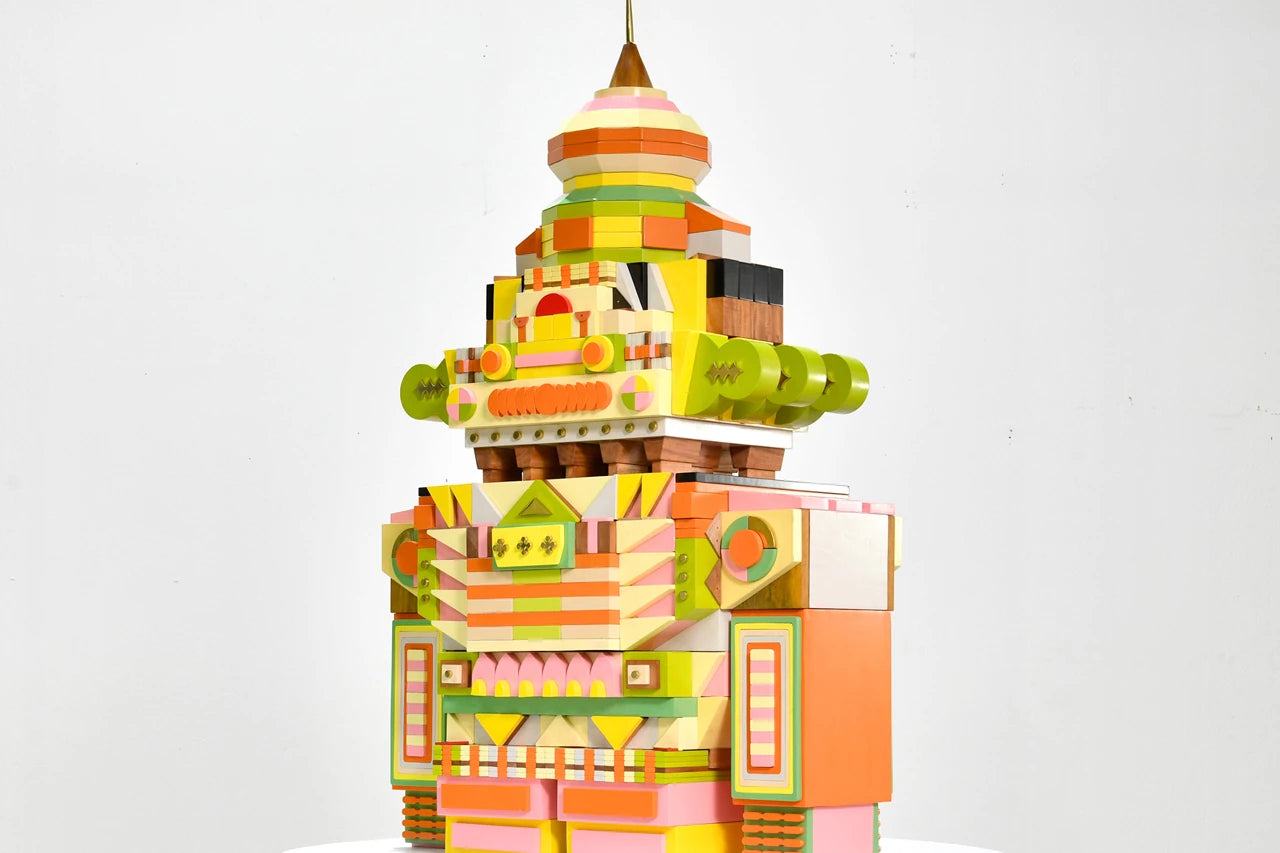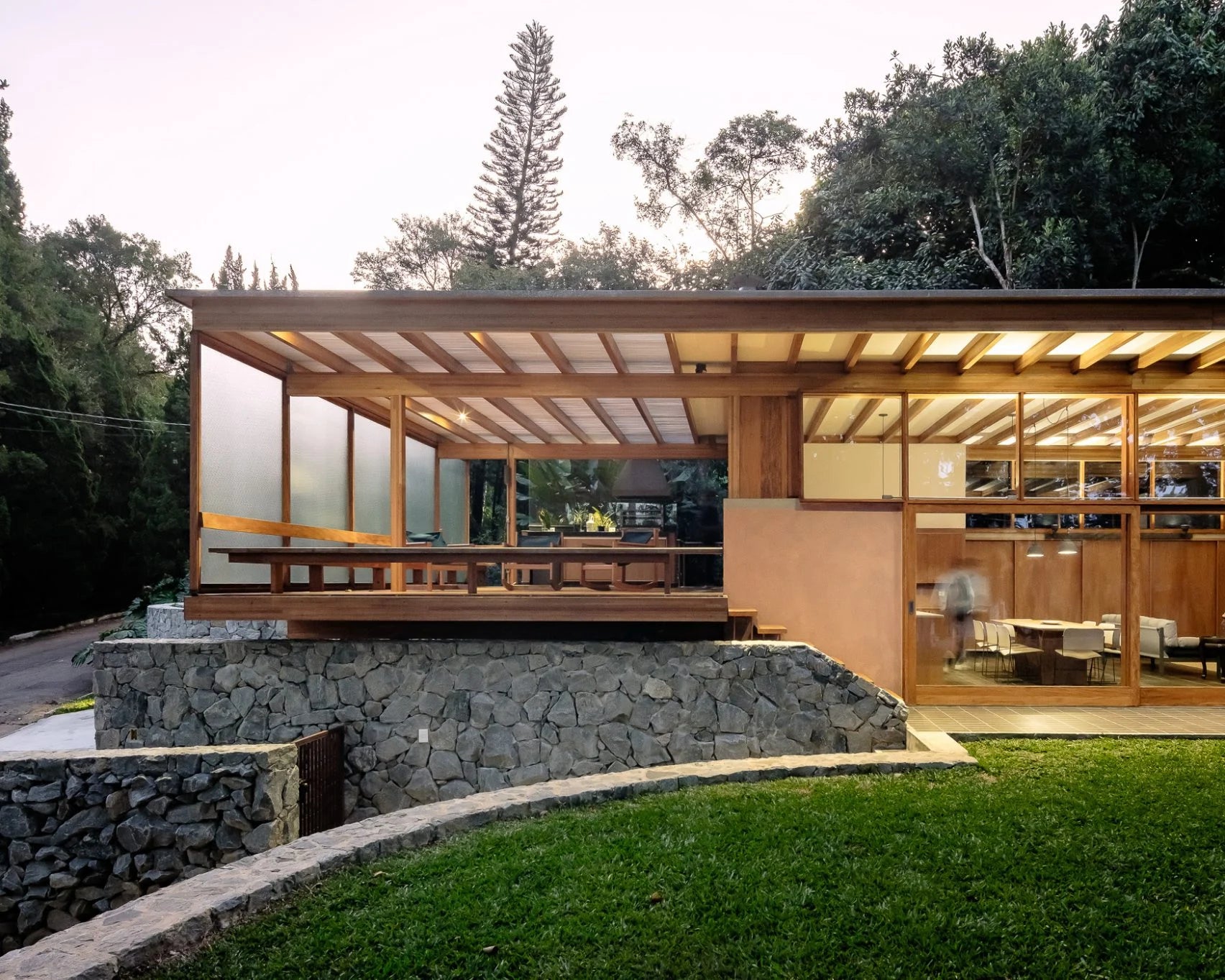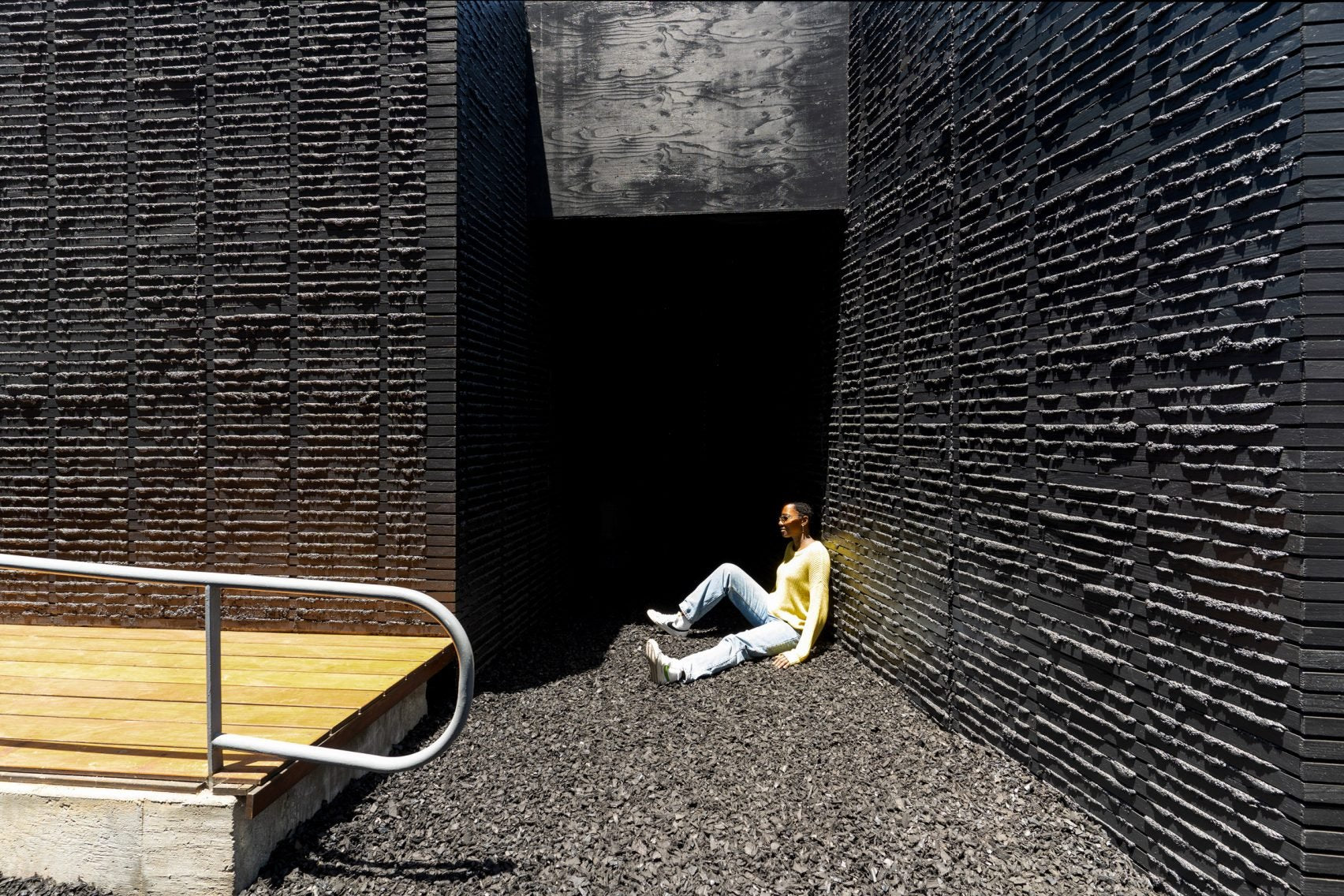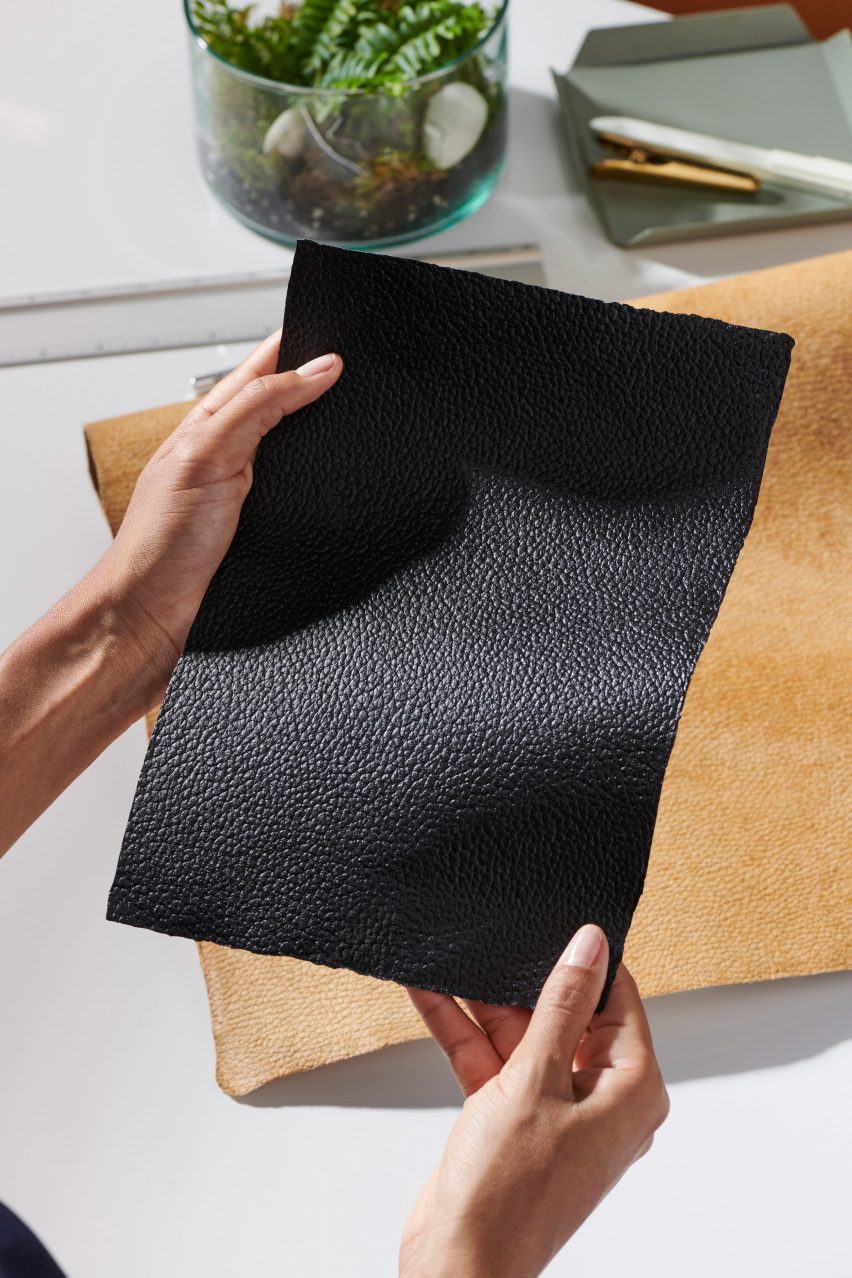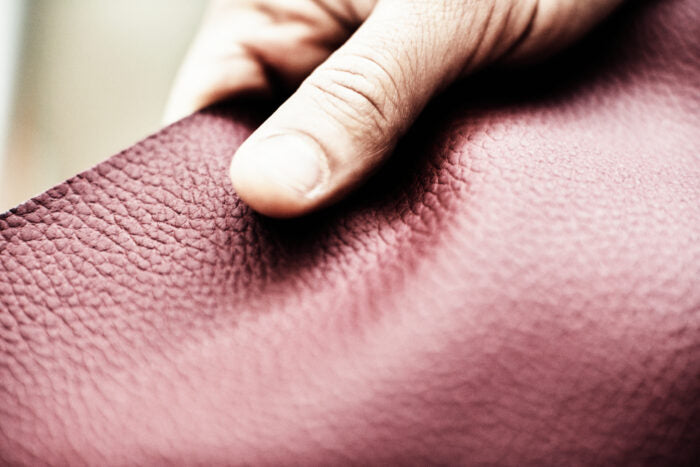
An exhibition featuring color-blocking curated by the renowned Swedish master of color.
"Silence lately as Jill explored Stockholm and Monica ventured Mexico. Tomorrow, a thorough Stockholm report. First, a glimpse at FORMEX, Scandinavia's NYNOW. This (2023) year's 'Color Vibes' theme, curated by Tekla Severin, celebrated for her color mastery," writes Jill Singer of Sight Unseen.Tekla Evelina Severin is a prominent Swedish designer celebrated for her exceptional grasp of color and innovative approach to interior design. With a background in fashion and styling, Severin has carved out a distinct niche in the design world, seamlessly blending vibrant hues with clean lines and modern aesthetics. "Her curation feels less like a display of products and more like impeccable set design or real-life interior," says Jill Singer of Sight Unseen.Her work is characterized by a playful yet sophisticated use of color, often drawing inspiration...
